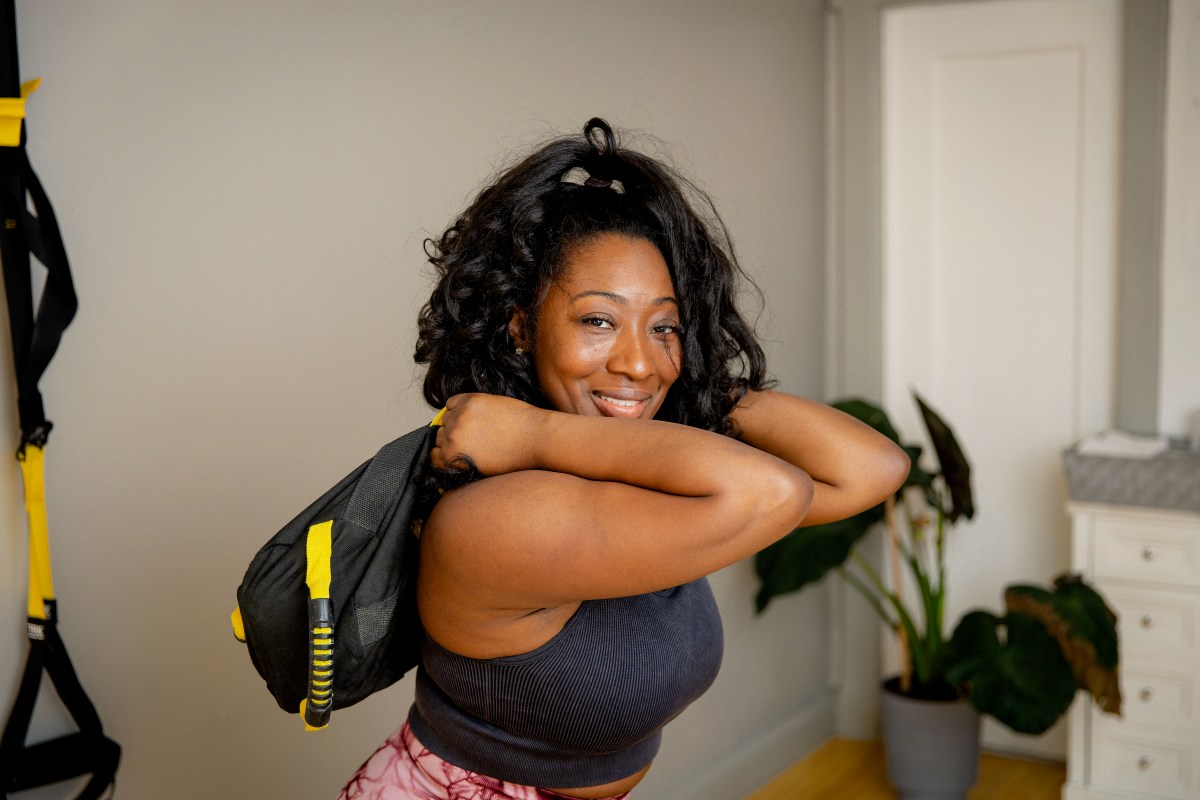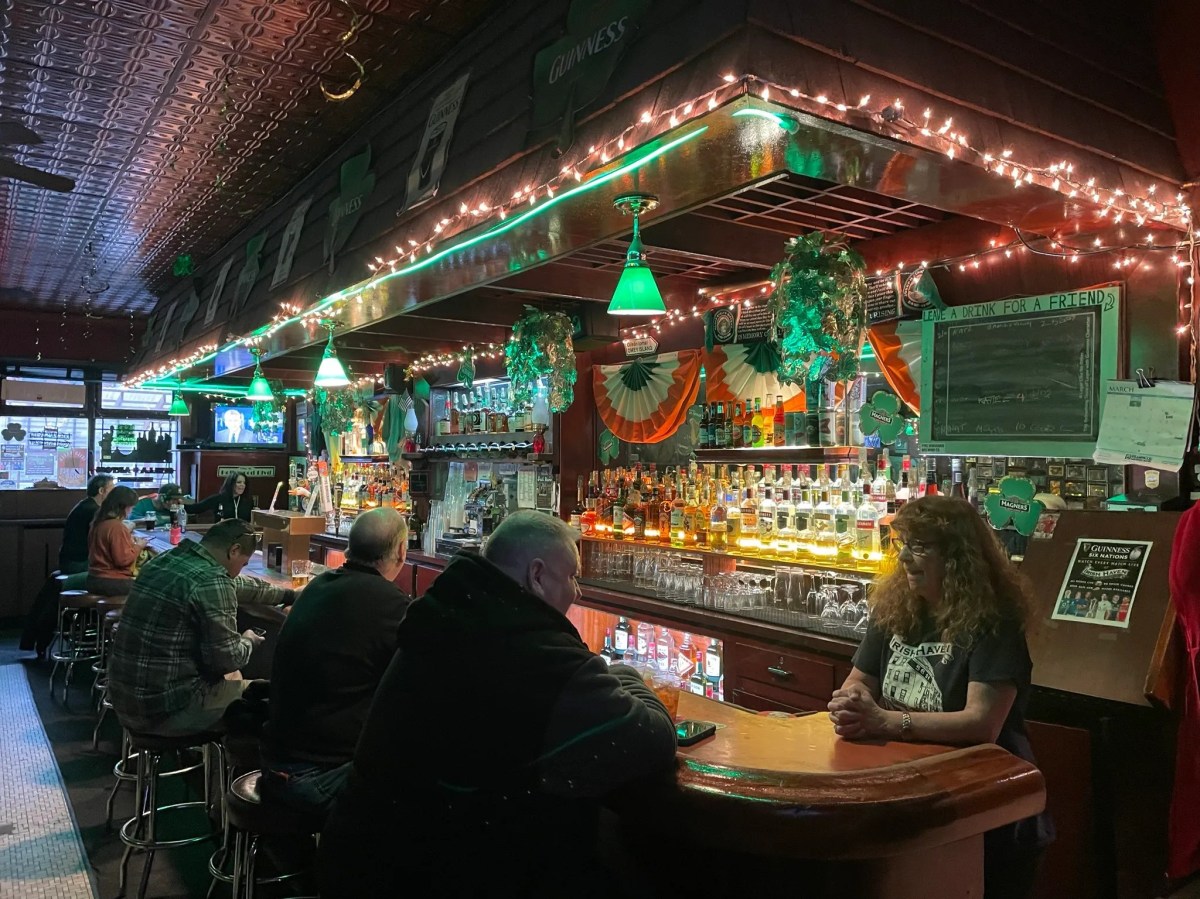Loss of affordable housing, overcrowded classrooms and a lack of transparency.
These are some of the major concerns a group of Upper West Side residents have about the city’s plan to move forward with a women’s homeless shelter at the site of a former private elementary school located at 160 West 74 St., nestled in the Central Park West Historic District.
The group, Friends of the Upper West Side (UWS), was formed this year to save the historic four-story Calhoun School building, which closed its doors in July 2023, from becoming temporary housing. The building stood as a schoolhouse on a brownstone-lined street for more than 100 years.
‘Bait-and-switch’?

The group said they were not only misled about the plan, but the upcoming shelter, set to open in the fall, is just a Band-Aid, so to speak, for the city’s repertoire of problems, including a lack of affordable housing and overcrowded classrooms.
Friends of the UWS called the move a “bait-and-switch” tactic to get the shelter built, possibly done by the new landlord, Bayrock Capital, LLC, an investment firm that purchased the building from the school for $14 million.
Upon the sale, Bayrock told the community that the building would become affordable or luxury housing, as noted in several published reports, including Crain’s New York, and on social media.
Throughout the summer and fall of 2023, residents were looking forward to more permanent housing in the neighborhood.
But something changed on Dec. 14, 2023, when the NYC Department of Social Services (DSS) sent a letter to Manhattan Community Board 7 and local elected officials alerting the community that the school would indeed become a homeless shelter in the fall of 2024.
“When the school building went on the market, the assumption was if it wasn’t going to be a school going forward, it would be permanent housing,” said Debbie Sale, a member of Friends of the UWS. “And we had no idea that there was any interest in turning it into something else.”
Subsequent community board meetings about the shelter followed.
Sale charged that corporate greed is a factor in what appears to be, in her opinion, a clandestine approach to renting out lucrative space.
“To buy a building to turn it into a shelter…they must be making a fortune,” Sale, who lives on the same block as the closed school, said. “Why else would you do this? If they wanted to turn it into market-rate housing, they can certainly make a profit, or even on affordable housing. But clearly they are making a big profit of some sort.”
Maria Dering, an area neighbor, agreed.
“It was just snuck in,” she said. “This was supposed to be a luxury condo development, and I could care less about that. But then Bayrock decided they’ll make more money if they turn this into a shelter and deal with the city of New York.”
In a city that has seen an exodus of more than 500,000 people since 2020, Sale underscored that the Calhoun building is a “perfect” inclusion for the city’s plan to build more affordable housing.
“Low-income and middle-income New Yorkers are moving out of the city in large numbers because they can’t afford to live here, not because they don’t want to,” she said. “This is a perfect site to build moderate and low income housing in a neighborhood with great schools, great transportation and a welcoming community.”
amNewYork Metro reached out to Bayrock Capital but did not hear back. On its website, the company says it “specializes in intelligent investment across various real estate sectors, such as commercial properties, industrial spaces, warehouses and hotels.”
City Council Member Gale Brewer (D-Manhattan), upon learning of the upcoming shelter in December, sent letters of concern to city officials about the lack of transparency.
“At the time of its purchase, Bayrock Capital announced that the building would be converted into luxury residences,” a Feb. 5 letter sent to NYC Mayor Eric Adams stated. “It is troubling to me that converting the building into a shelter and leasing it to the city is considered by investors to be the most profitable use.”

A ‘high-quality transitional housing facility’
In the meantime, the city intends to open the temporary housing facility later this year, DSS officials said — aiming to help address the ongoing homeless crisis gripping New York.
Tens of thousands of New Yorkers experience homelessness, many of them families with children. The homelessness problem increased dramatically in the last two years amid the ongoing migrant crisis, which eventually forced the mayor to impose 30 and 60 day shelter stays for migrant individuals and families.
The Upper West Side shelter will serve 146 single adult women, including those experiencing mental health challenges. The city contracted Volunteers of America – Greater New York (VOA-GNY) to run the facility.
On-site services at the upcoming shelter will include case management, counseling, permanency planning and housing placement assistance, on-site medical and mental health services, support groups, independent living and life skills workshops and help in finding employment.
“This high-quality transitional housing facility will provide single adult women experiencing homelessness the critical opportunity to receive the quality care and dedicated services they need to get back on their feet and ultimately transition to permanent housing,” a DSS spokesperson said. “Facilities like this are vital to our efforts to support some of New York City’s most vulnerable residents, and we need every community to come together to address the citywide challenge of homelessness.”
As for transparency about shelter operations, the spokesperson added that the agency maintains “open lines of communication” with the community. DSS said a total of 65 security cameras will be installed throughout the building and across the shelter grounds, as well as on-site security around the clock.
“We look forward to working with our experienced not-for-profit provider, Volunteers of America-Greater New York, to open this site and deliver essential services to our neighbors in need, and we are confident that these new residents will be met with the dignity and compassion they deserve,” the spokesperson said. “As always, we remain committed to maintaining open lines of communication with the community and working collaboratively to support our vulnerable neighbors while addressing any concerns as they arise.”
Losing opportunity for education?
Sale, meanwhile, spoke with tremendous compassion for homeless individuals, but she, and many others in the community continue to feel misled about the project. Sale has also suggested using the building for its intended purpose: a school.
“We are at a time when we really need more school space,” Sale said. “Why are we trying to tear out everything that is in this building, rebuild it into something it’s not when we need it to perform the function that it was built to serve?”
Mayor Adams won mayoral control of public schools this year. As part of the deal, the state now requires him to allocate enough money to reduce class size, a measure that would likely help support the city’s ongoing influx of school-age children and their families.
Dering echoed many of Sale’s comments.
“To take a building that’s designed as a school, with little kids coming in for five or six hours a day and closed at night and the weekends…to turn that into a residential full-time shelter for almost 150 women, to me, that is a problem,” she said.
At its most crowded, the Calhoun building had about 190 elementary school-aged students. Given the building’s small scale, Friends of UWS are concerned about the living conditions for future shelter residents.
According to DSS, agency officials ensure that all sites meet Buildings Department, FDNY and other relevant local and state regulations prior to opening. An approved certificate of occupancy from the state is also required.
Read more: NYC Residents Push for Return of Public Mask Ban Policy




































